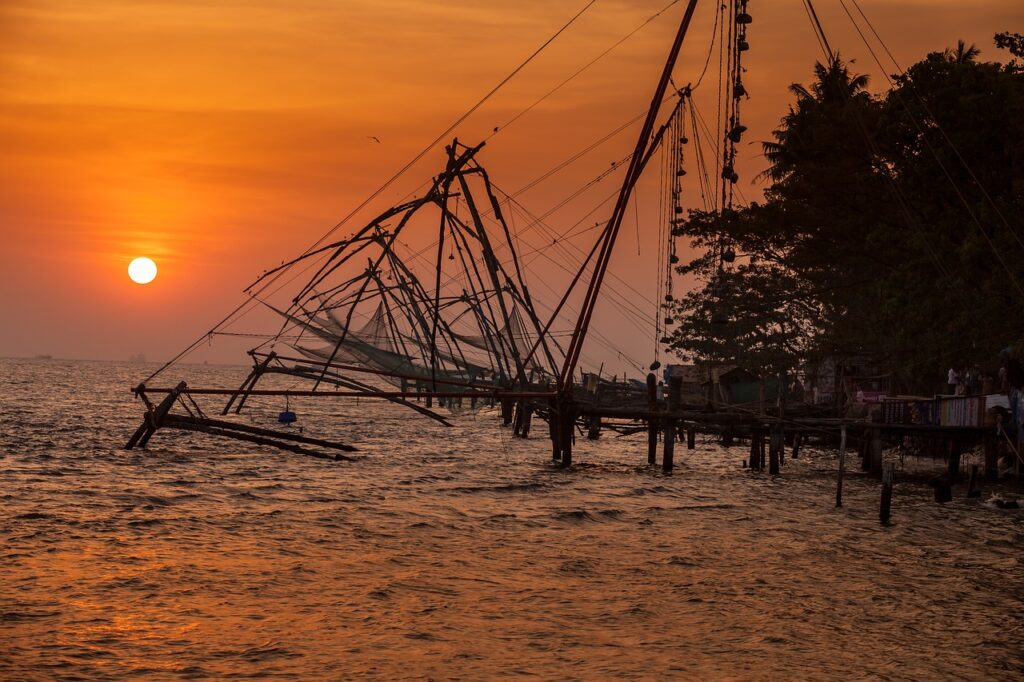
Fort Kochi, a charming coastal town in the state of Kerala, India, is a destination that captivates travelers with its rich history, cultural diversity, and picturesque landscapes. Known as the “Gateway to Kerala,” this quaint town effortlessly weaves together influences from Portuguese, Dutch, and British colonial eras, making it a living museum of heritage and tradition.
Fort Kochi’s history dates back to the 14th century when it was a bustling hub for spice trade. The Portuguese were the first Europeans to establish their base here in 1503, followed by the Dutch and later the British. Each colonial power left its mark on the town’s architecture, culture, and trade practices, shaping Fort Kochi into what it is today.
The iconic Fort Immanuel, built by the Portuguese, stands as a reminder of the town’s colonial past. Similarly, the Dutch Cemetery, the oldest European cemetery in India, offers a glimpse into the lives of those who once ruled this land.
Places to visit in Fort kochi :
Jews town :
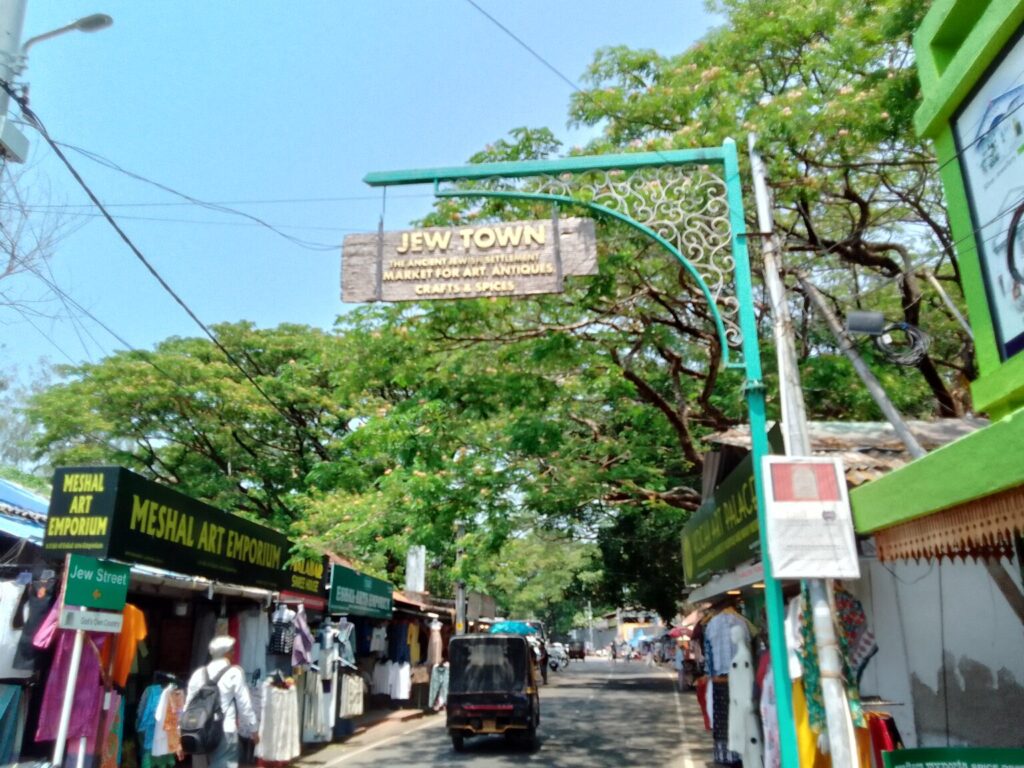
This is a popular tourist place and hub for the different antiques . In this jews town you can buy some cloths to jewellery to some artifacts . You can see big bronze pots and burned soil pots in the antique shops .
In this a market where you can see some of the spice shops selling different types of spices but prices are high compared to broadway market in ernakulam as this is situated in the middle of the tourist Hub .
Fort Emmanuel :
Fort Emmanuel, also known as Fort Manuel, is a historic bastion that stands as a symbol of Portuguese influence in Fort Kochi. Built in 1503 by the Portuguese with the permission of the Raja of Kochi, it was one of the first European forts in India. Named after King Emmanuel I of Portugal, the fort served as a vital military and trade hub, protecting the region’s thriving spice trade routes.
Though much of the fort is now in ruins, its remnants, located near the famous Chinese fishing nets, offer a glimpse into Fort Kochi’s colonial past. Visitors can walk along its walls and imagine the strategic importance it once held, making it a must-visit spot for history enthusiasts exploring the heritage of Fort Kochi.
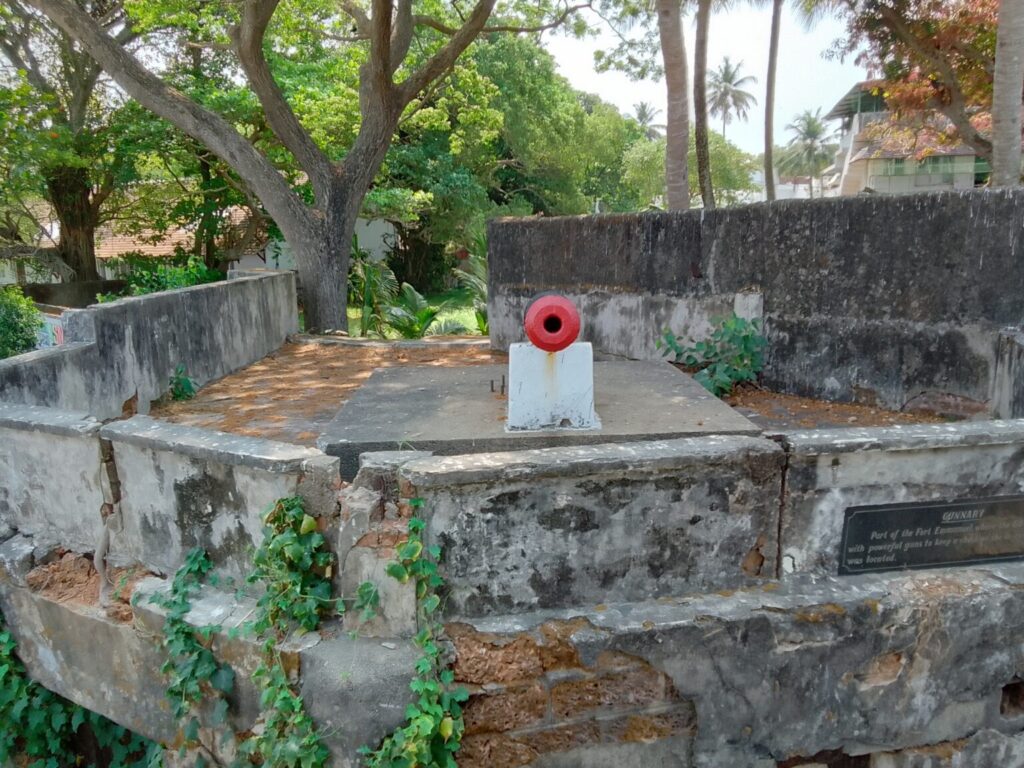
Chines fishing net :

One of the most photographed landmarks in Fort Kochi is its Chinese Fishing Nets, locally known as Cheena Vala. These massive cantilevered fishing nets are believed to have been introduced by Chinese traders in the 14th century. Watching the nets in action during sunset is a mesmerizing experience for visitors.
Mattancherry Palace :
The Mattancherry Palace, also known as the Dutch Palace, is a remarkable historical landmark in Fort Kochi, built by the Portuguese in 1555 and later renovated by the Dutch. This architectural masterpiece, gifted to the Raja of Kochi, is renowned for its elegant blend of European and traditional Kerala styles.
Inside, the palace showcases exquisite murals depicting scenes from the Ramayana, Mahabharata, and Puranic legends, painted in vibrant colors. It also houses artifacts, royal portraits, and ceremonial exhibits, offering a glimpse into Kerala’s regal past. A visit to Mattancherry Palace is a journey through time, making it a must-see for history and art lovers.
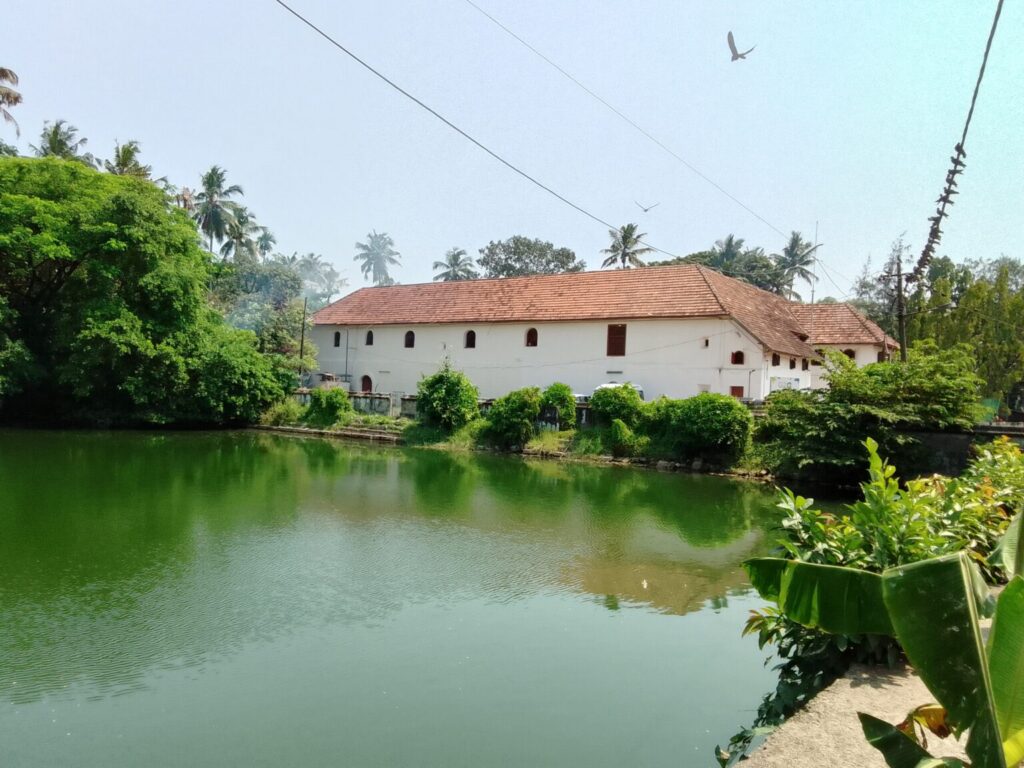
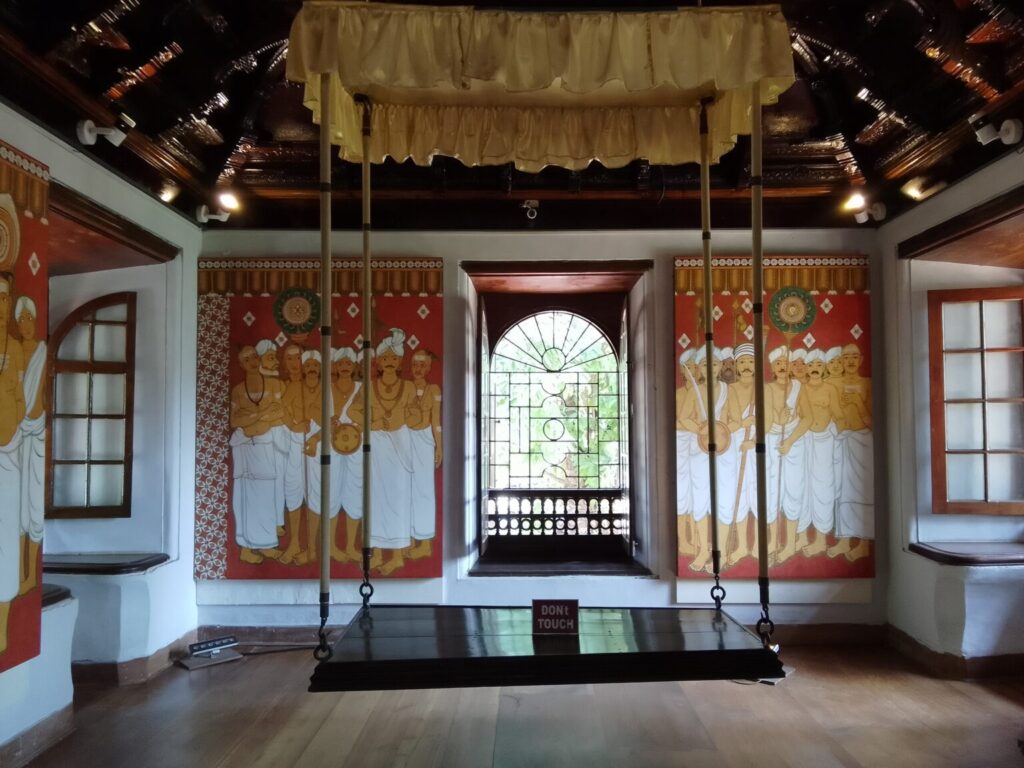
Pardeshi synagogue :

The Paradesi Synagogue, built in 1568, is one of the oldest active synagogues in the Commonwealth. Located in the heart of Jew Town in Fort Kochi, it reflects the rich Jewish heritage of the region.
Renowned for its stunning interiors, the synagogue features hand-painted blue willow-patterned tiles from China, a gold pulpit, Belgian chandeliers, and ancient scrolls of the Torah. Its clock tower, added in the mid-18th century, adds to its historical charm.
A visit to the Paradesi Synagogue offers a glimpse into a unique cultural legacy, making it a treasured landmark in Fort Kochi’s diverse history.
St francis CSI :
St. Francis CSI Church, located in Fort Kochi, is the oldest European church in India, built in 1503 by Portuguese explorers. This iconic structure holds great historical significance, as it was originally the burial site of Vasco da Gama, the renowned Portuguese navigator, before his remains were later moved to Portugal.
The church’s simple yet elegant architecture reflects a blend of Portuguese, Dutch, and British influences, making it a testament to Fort Kochi’s colonial past. Visitors can explore its tranquil interiors, historical plaques, and timeless charm, making it a must-visit for history enthusiasts and architecture admirers.

Art and Festivals
Fort Kochi is a hub for art and cultural activities. The town comes alive during the Kochi-Muziris Biennale, an international art festival that showcases contemporary art from around the world. The event draws art enthusiasts and artists alike, transforming Fort Kochi into a vibrant canvas of creativity.
Visitors can also enjoy traditional Kathakali performances, showcasing Kerala’s classical dance-drama, at various cultural centers in the area.
Summary
Fort Kochi is more than just a destination; it’s an experience that takes you back in time while offering glimpses of the present’s artistic and cultural vibrancy. Whether you’re a history buff, an art lover, or simply seeking a peaceful retreat, Fort Kochi promises an unforgettable journey filled with stories, flavors, and scenic beauty.
